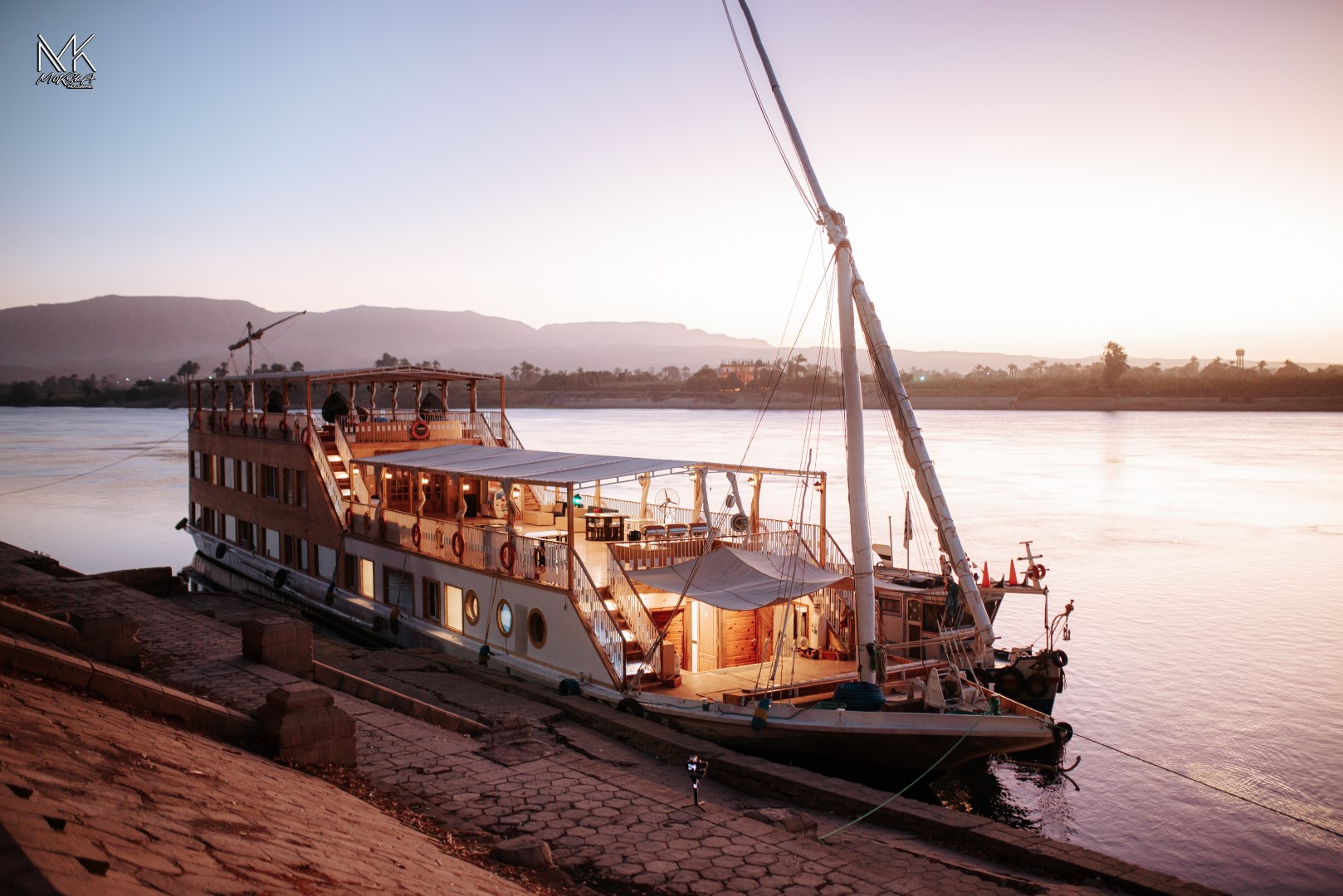Temple of Kalabsha: A Hidden Gem of Nubian Heritage
The Temple of Kalabsha is one of Aswan’s lesser-known yet striking ancient monuments. Originally located at Bab al-Kalabsha, south of the High Dam, the temple was relocated to its current position on the banks of Lake Nasser in the 1960s to save it from flooding caused by the construction of the dam.
Built during the Roman era in the early first century AD under Emperor Augustus, the Temple of Kalabsha was dedicated to the Nubian god Mandulis. Despite being constructed during the Roman period, the temple follows traditional Egyptian architectural styles, with grand pylons, elegant columns, and detailed reliefs carved into its sandstone walls.
The temple's inscriptions and scenes reflect both Egyptian and Roman influences. Some depict the Roman emperor making offerings to Egyptian deities, showcasing the cultural fusion of the time. Other carvings portray Mandulis wearing a sun disk and feathers, symbols of divine protection and power.
What makes Kalabsha especially remarkable is how well-preserved it is, offering visitors a quiet, uncrowded experience compared to more popular temples. The peaceful surroundings of Lake Nasser add to its charm, making it a perfect spot for travelers seeking both history and tranquility.
Today, the Temple of Kalabsha stands not just as a relic of ancient architecture, but also as a symbol of international cooperation. Its relocation was part of a major UNESCO-led effort to preserve Nubian heritage in the face of rising waters.


